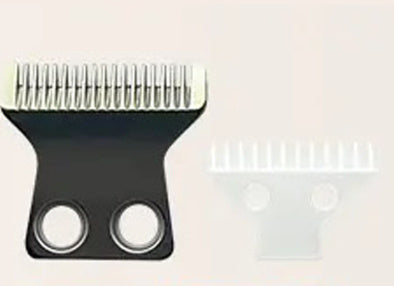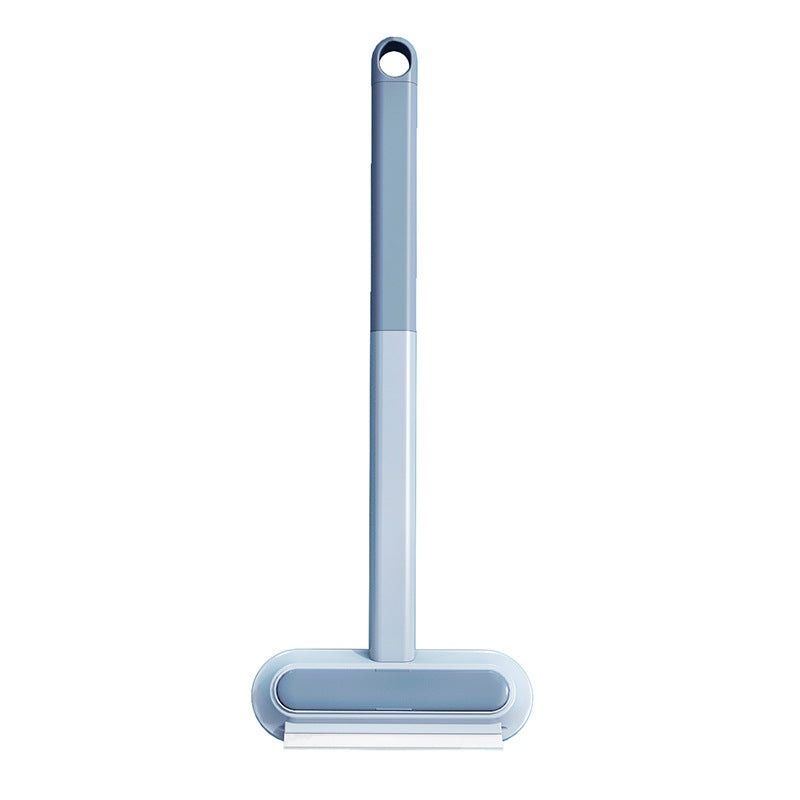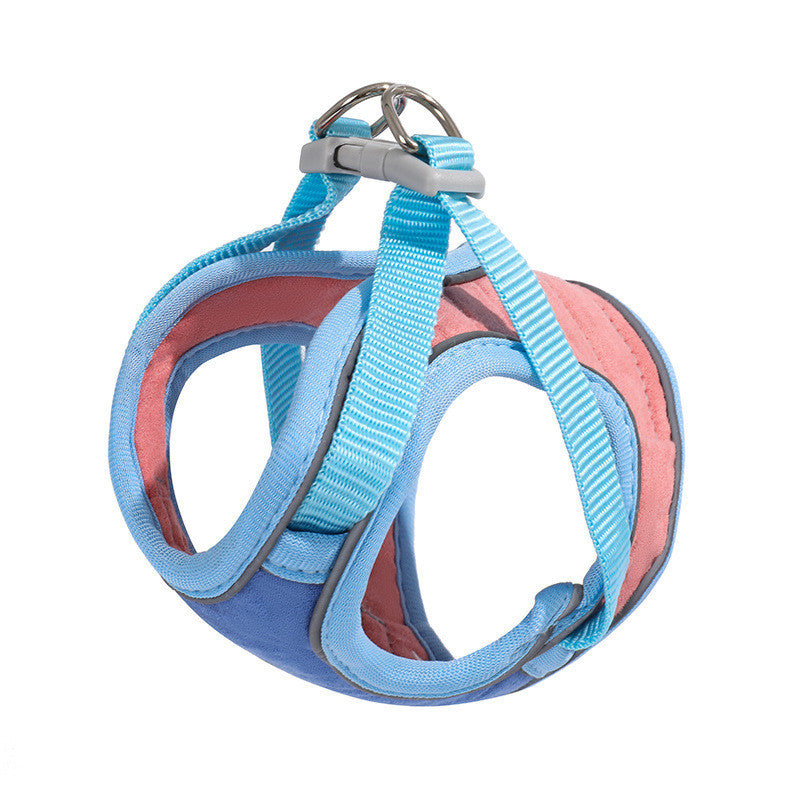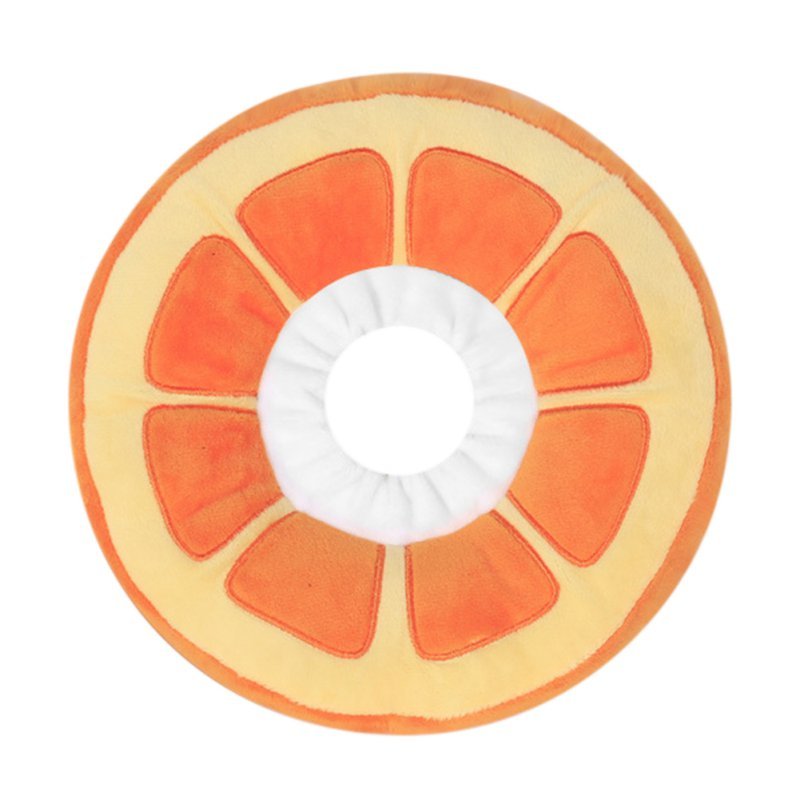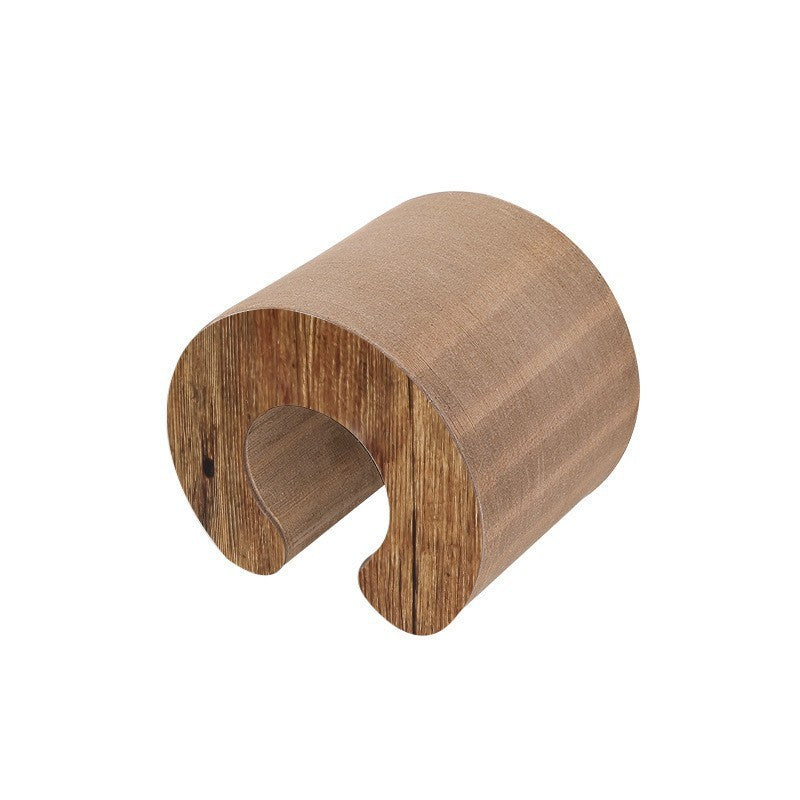Even the most well-adjusted cats occasionally develop behaviours that their human companions find challenging. Understanding that these behaviors typically have logical explanations, rather than assuming your cat is being deliberately difficult, is the first step toward resolution.
In this blog, we'll address some common feline behavior challenges and how to approach them with empathy and effectiveness.
Scratching furniture: Cats scratch to maintain claw health, mark territory, and stretch muscles. It's not spiteful behaviour. Provide multiple appealing scratching surfaces with different textures and orientations (vertical and horizontal). Place these near furniture that's being targeted, then gradually move them to preferred locations. Temporary deterrents like double-sided tape or aluminum foil on furniture can redirect scratching while new habits form.
According to the Kentish Council and Pet Welfare Australia, scratching is a natural cat behaviour that should be redirected rather than punished. Offering sturdy, tall scratching posts near targeted furniture, then gradually moving them to preferred locations, is a common solution used by Australian pet owners. Using pheromone sprays or catnip on scratching posts can help redirect behaviour, and providing both vertical and horizontal scratching options is recommended
Middle-of-night activity: Cats are crepuscular, naturally most active at dawn and dusk. To reduce nighttime disruptions, schedule interactive play sessions before bedtime to tire your cat out. Consider an automatic feeder that dispenses a small meal during early morning hours when cats typically seek breakfast. Resist responding to attention-seeking behaviors at night to avoid reinforcing them.
Counter surfing: Elevated surfaces appeal to cats' natural preference for height and may offer interesting food opportunities. Make counters less appealing by keeping them clear of food and using deterrents like aluminum foil or specialized mats with an uncomfortable texture. Simultaneously, provide attractive alternative elevated spaces like cat trees or window perches.
Macarthur Veterinary Group and AVW.au advise keeping counters free of food and using deterrents such as aluminum foil or specialised mats to make surfaces less appealing. Providing alternative high spaces, like cat trees and window perches, is widely recommended for satisfying cats’ natural desire for elevation
Aggression during petting: "Petting-induced aggression" occurs when pleasurable petting suddenly becomes overstimulating. Learn to recognize subtle warning signs like tail twitching, skin rippling, or ears flattening, and stop petting before your cat feels compelled to bite or scratch. Short, positive petting sessions that end before overstimulation help build tolerance over time.
Plant destruction: Cats may chew plants out of curiosity, boredom, or nutritional seeking. Ensure access to cat grass to satisfy the natural urge for greens, and use deterrent sprays on houseplants. Physical barriers or hanging plants can protect valuable specimens while providing cat-safe alternatives.
| Behaviour Challenge | Cause | Recommended Solution |
|---|---|---|
| Scratching Furniture | Claw health, territory, stretching | Scratching posts, deterrents, pheromone sprays |
| Nighttime Activity | Natural crepuscular rhythms | Evening play, automatic feeder, ignore attention-seeking |
| Counter Surfing | Height preference, food interest | Clear counters, deterrents, provide cat trees |
| Petting Aggression | Overstimulation | Watch for signs, short petting sessions |
| Plant Destruction | Curiosity, boredom, greens craving | Cat grass, deterrents, barriers, hang plants |
With any behaviour challenge, punishment is counterproductive. It damages trust and can increase stress without addressing the underlying cause. Instead, focus on understanding the motivation behind the behaviour and finding acceptable ways for your cat to meet those needs.
Step-by-Step Guide: Addressing Common Cat Behaviour Challenges
-
Scratching Furniture:
-
Provide sturdy, tall scratching posts near targeted furniture.
-
Use pheromone sprays or catnip to attract your cat to scratching posts.
-
Offer both vertical and horizontal scratching options.
-
Use temporary deterrents like double-sided tape or aluminum foil.
-
-
Middle-of-Night Activity:
-
Schedule interactive play sessions before bedtime.
-
Use an automatic feeder for early morning meals.
-
Avoid reinforcing attention-seeking behaviours at night.
-
-
Counter Surfing:
-
Keep counters free of food.
-
Use deterrents like aluminum foil or specialised mats.
-
Provide alternative elevated spaces (cat trees, window perches).
-
-
Aggression During Petting:
-
Learn to recognise warning signs (tail twitching, skin rippling, ears flattening).
-
End petting sessions before overstimulation occurs.
-
Build tolerance with short, positive sessions.
-
-
Plant Destruction:
-
Provide cat grass as a safe alternative.
-
Use deterrent sprays or physical barriers on houseplants.
-
Hang plants out of reach.
-
-
Seek Professional Help if Needed:
-
Consult a certified feline behaviour consultant for persistent issues.
-
Patience and consistency are essential, as established behaviours take time to modify. For persistent issues, consider consulting with a certified feline behaviour consultant who can develop a customized intervention plan tailored to your cat's specific needs.
FAQs: Cat Behaviour Challenges
Q: How can I stop my cat from scratching the furniture?
A: Provide sturdy scratching posts near targeted furniture, use pheromone sprays or catnip, and offer both vertical and horizontal options. Use temporary deterrents like double-sided tape or aluminum foil.
Q: What can I do about my cat being active at night?
A: Play with your cat before bedtime and use an automatic feeder for early morning meals. Avoid reinforcing attention-seeking behaviours at night.
Q: How do I keep my cat off the counters?
A: Keep counters free of food, use deterrents like aluminum foil or specialised mats, and provide alternative elevated spaces like cat trees or window perches.
Q: Why does my cat suddenly bite or scratch during petting?
A: This is often due to overstimulation. Learn to recognise warning signs and end petting sessions before your cat becomes overstimulated.
Q: How can I protect my houseplants from my cat?
A: Provide cat grass as a safe alternative, use deterrent sprays or physical barriers, and hang plants out of reach.









